Games that stand out on older platforms typically excel in their genre or are one of the few titles that fit into their particular niche. It’s these titles that do things differently or attempt to break ground that are the most immediately striking, for me. Many genres nascent on older systems need to grow, and that often comes with growing pains. But in spite of their perceived flaws, they can endure and endear. Of course, it’s all the better if it does what it does well! So, we’re faced with S.O.S. on the Super Nintendo.
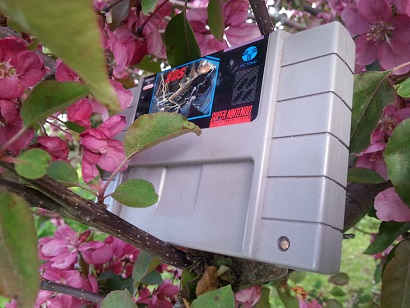
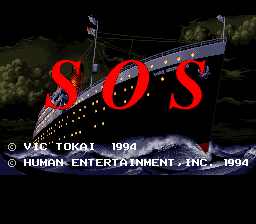
I picked up S.O.S. based on remembering a game I had read about in Nintendo Power, SOS: Sink or Swim. S.O.S. is certainly less colourful and cartoonish than Sink or Swim, but it was a happy surprise. The Super Famicom version is called Septentrion which… probably wouldn’t make it any less obscure to be honest!
S.O.S. has a distinctly grim flavour. Taking control of one of four survivors on the cruise ship Lady Crithania. After a brief prologue the ship will capsize, and you will have one hour to escape from the sinking wreck. Throughout the game you will climb through the carcass of this metal leviathan in its death throes, and attempt to escape with your life and the lives of any survivors you recruit along the way.
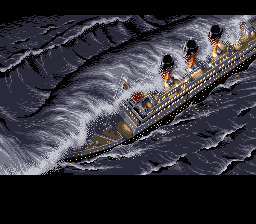
Once the game properly starts, the Lady Crithania is upside down. This will not persist however, as the ship is a very dynamic environment. As you make your way through the wreck, the screen will periodically shake. This signals that the ship will soon tilt, which rotates the environment by some degrees to the left or right. This will become more severe as time goes. Sections of the ship will eventually flood. Fires burn out of control in some hallways. The shaking of the rolling ship will dislodge furniture and objects that can fall from the ceiling to strike you. The lights can go out. The ship might immediately shift again after a rotation, meaning if you’re making a jump at the time you can be sent plummeting. Bodies are strewn about the ship, some you can recover but most are dead. As mentioned, the environment is dynamic and dire. The Lady Crithania feels alive, but it is dying.
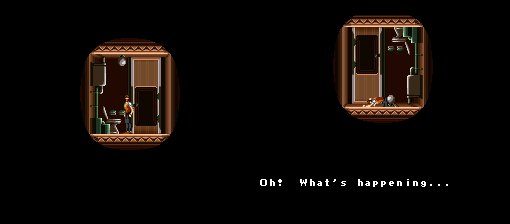
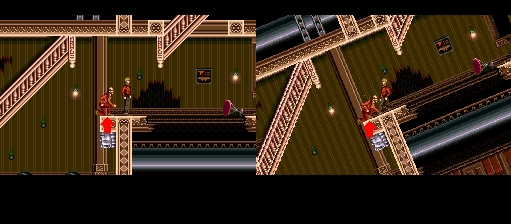
Every playable character has their own story and goals and special people to save. the Doctor, Jeffery Howell for instance is reconnecting with his wife Adella and enjoying some levity for once. Jeffery then needs to save Adella as part of his better endings. Many of the survivors will join you if you simply communicate with them enough. Others won’t join you unless you find an item for them, or bring them someone they need such as their mother. While the dialogue isn’t exactly robust, it’s pointed and adds a lot of flavour to the game. Planning your best route can involve planning out which survivors to attempt a rescue of and in what order, but should they fall and die or should the ship tilt in a way that makes getting to someone a real time sink you may change your path entirely. Or, as engaging as the rescue aspect can be, you may just want to go it alone.
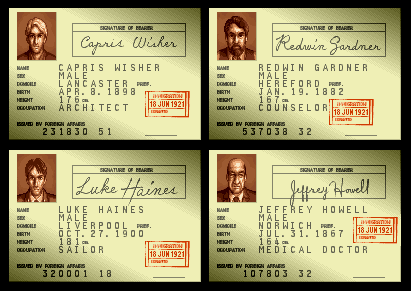
Playing S.O.S. as a single character will be the fastest way to complete the game but you will receive your character’s worst ending. It has to be said, however, that playing the game alone turns S.O.S. into a pure platforming experience that can be pretty engaging. As a matter of fact, I would encourage you to make a few cursory single person runs through the game to get a feeling for the layout of the Lady Crithania. Survivors will be in the same place when you start the game and while they may disappear later in the hour it pays to see who you can get to early and how feasible it is to save them in an escort situation.
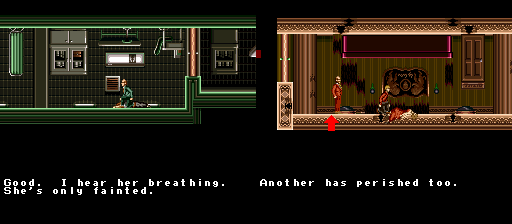
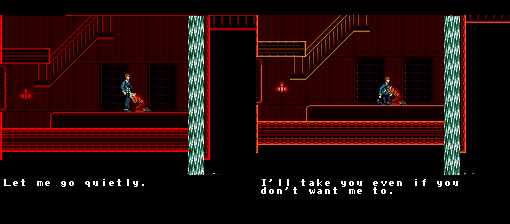
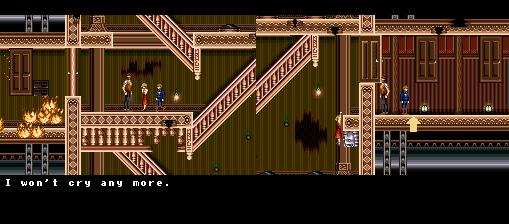
S.O.S. has pretty simple gameplay, it’s the environment that adds complexity. You can jump with B, interact with something or grab a ledge with Y, talk with X, and issue a command to follow with L or R. Holding down and Y at a ledge will often cause your character to grab a survivor as they jump up and help pull them up, though the situations are more limited than you might prefer. Your jump can seem limited vertically, however the horizontal distance of the player and all of your followers is surprisingly impressive. This helps scaling heights. When the ship tilts, and you ump down slope, you can reach ledges that were previously inaccessible and crawl along the wall. Even though time is against you, sometimes it pays to wait for the ship to tilt and open your desired route to you.
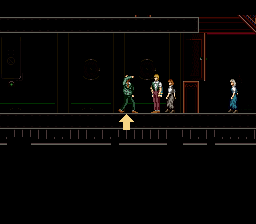
Some strategy is required here, if you have an entourage. If the ship suddenly shifts as your crew is following you, some could fall to their death or be stuck waiting for another tilt to come an join you. It’s important to note that these people are extremely calm under pressure and queue up to follow you. They will walk and jump forward one at a time leaving a comfortable amount of space between them. Incredibly polite given the dire circumstances but it doesn’t do your timing any favours. The one upside is that given the distance between followers, if you lead someone to their demise you can try to salvage it by placing your arrow in a less deadly position.
While your followers will die from falling great distances, the player character is a little more resilient. For instance incurring damage from a physical hazard or by falling a great distance, your player character will be knocked unconscious. This is still quite detrimental as you will be possibly separated from your party (they will be at a designated point in the room) and you will lose five minutes of time. It’s entirely possible to incur damage multiple times in succession losing a lot of time and rapidly progressing along the timeline of the Lady Crithania. Before you know it, it can be broken in half in a very inopportune area.
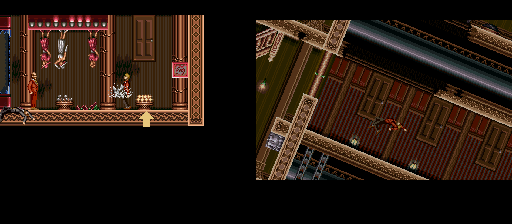
So, S.O.S. has unique mechanics that while initially complex are easy to get a handle on. As mentioned, it’s the environment that poses most of the challenge. But sometimes it’s your followers, and not always for great reasons.
S.O.S. definitely has pathing problems at times. Perhaps it’s the shifting geometry that causes this, but sometimes it seems like the NPCs are failing to follow a path action they’ve performed a dozen times already in the run. Suddenly an NPC will be jumping up and down in place, and you can’t even grab their hand. Or the environment tilts and they get stuck on the geometry. Once, an individual even seemed to decide to spin in place. Perhaps you decide to make a horizontal jump and expect that the NPCs should be able to follow. They can’t. For some reason they insist on a vertical jump. When the pathing goes off script it’s actually a major frustration – probably the most infamous in this game.
If an NPC survivor is struggling to reach your position this does a number of things. It wastes valuable time, meaning the more times they fail to perform the more often the ship will rumble. This can cause the ship to tilt, further delaying your travel or killing your survivors. It can also cause debris to fall, knocking you out and potentially setting back your progress several steps. What’s worse is that since these people are so damn pleasant that they wait their turn for every action, if the NPC in the lead gets stuck then NOBODY can proceed. You can’t even cut their losses unless you manage to dislodge the offender or they finally make it to where you’re going. With an entourage of up to seven people you expect basic platforming and climbing to take a while, but pathing delays will just increase the delay exponentially.
Eventually you will get adept at spotting these trouble spots. Maybe you will avoid certain areas. You might try entering and exiting doors so that the NPCs can perform actions offscreen. You might try placing a new area to get everyone to reset their position. The fact is, if you enjoy this game you’re going to learn to adjust. But due to the dynamic nature of the environment you are rarely truly safe from pathing issues.
Another factor that may turn people off is that if you want a good or better ending, you’re going to be playing an hour long escort quest with no saves (on cart you cheeky buggers) and where you can lose your survivors permanently. But I love ICO, and that’s an escort for the bulk of the game. Escort games can work, and in that sense leading NPCs throughout the gut of the ship gives your playthrough higher stakes and greater tension. It’s unfortunate that these survivors can sometimes get stuck on geometry in trying the worst possible approach to a jump – but it’s worth trying to rescue them. And let’s face there are those moments in ICO where Yorda would go to the bottom of a ladder and spin in circles, S.O.S. isn’t unique in the long list of games where someone follows you can gets stuck. S.O.S. mostly does well and you can generally learn to work around the worst situations… but it’s up to you whether the scenario and characters are compelling enough for you to want to see an ending.

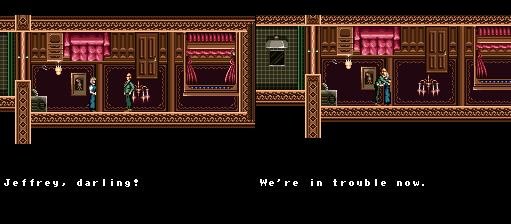
S.O.S. is the kind of game that SNES enthusiasts may find quite striking at first. The rotating environment, a premise reminiscent of The Poseidon Adventure, the grim tone. All of the presentational elements of S.O.S. win major points. But you’ll run out of time, or reach an impasse and have to start over. And sometimes you’re going to feel like these passengers and crew failing to perform isn’t your fault. And if S.O.S. is really frustrating you, it’s probably time to move on.
But there’s a chance you’re going to love it and that’s why it’s worth giving it a few exploratory runs to overcome the learning curve and get a handle on just what this game offers. It’s the titles that break the conventions of their platforms that can really shine. And while survival games are more common now, S.O.S. is a unique early take on the genre. It’s a disaster game from the same developer that would give us ClockTower and had already given us Monster Party – an interesting history.
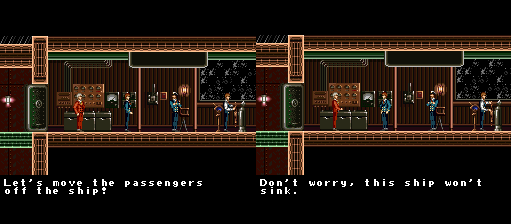
I loved this game. There were moments that irked me, but the more I played the more I realized there were ways to mitigate things. There’s so much flavour that I was willing to get over the learning curve and embrace the disaster. I don’t even mind having to start over if I don’t escape in an hour. I felt it was a narrow enough timeframe and I was learning enough with my losses that it didn’t feel like sunk time cost (well, anymore than games already are). But I know this time limit would be a point of contention with a lot of people.
However, unlike a lot of the more eclectic games I cover this is one I really do want to recommend. S.O.S. has so much going for it that I urge you to give it a try. I know it’s not going to appeal to everyone, but if it strikes your fancy then you’re going to discover something special.
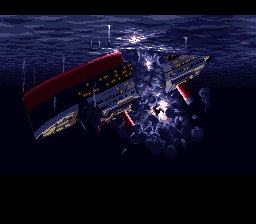
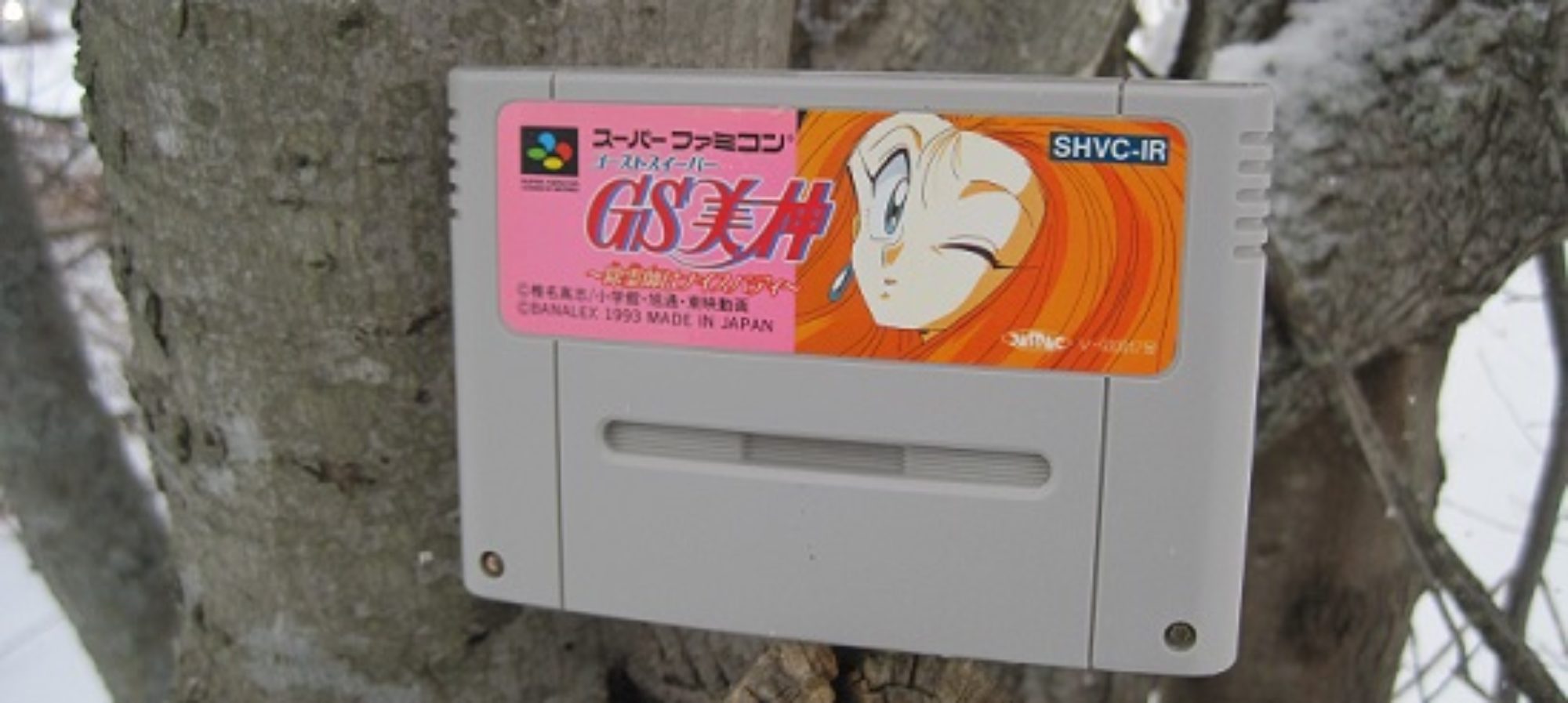
I’ve tried this somewhat recently (maybe two years ago?), but only a little. I should probably try finishing it once, anyway. It does seem pretty unique for its time and certainly seems likely to cause frustration, so yeah… the vexations would turn off a lot.
This game is fairly short because of the lack of saves and difficulty that ensues, surely. I guess it’s fairly replayable because of that and the endings if you don’t mind doing so.
In any case, I would say it’s a pretty interesting game.
Thanks for writing this, Matt. I call it “SOS” due to stylization of the original cover art, but with that said, this is one of the better reviews of SOS I’ve ever read.
A lot of folks (re)discovering this game 20+ years after its release always highlights how unique it was and continues to be, not only over the original lifespan of the SNES, but also the indie community as of now, May 2021.
I picked up my first copy with money I earned from my very first paid job ever. I worked half the school year after school, earned my money, walked into Shopko after I cashed it, and walked out with a brand new copy of SOS. Only cost $20.
I can’t remember the source, but I vaguely remember hearing that SOS had a limited release in the North American market. Still cracks me up that I found it in an aging department store in idaho of all states. 😀
I’m so glad they chose to localize this game for North America, despite how odd the choice may have been. I was a fan of the original The Poseidon Adventure movie with Gene Hackman, and I saw only one single print ad in a Nintendo Power once, and it now currently hangs on my wall.
More people definitely need to play SOS if you ask me, Matt, and I’m so glad you shared your thoughts about it. Thanks!
Thanks for the comment and story :). I love to hear the sequence of events surrounding the acquisition of games that made a lasting impression. Unfortunately, the game store that I picked my copy up at closed its doors during lockdown, and the building has already changed hands. In Maritime Canada, sometimes releases were very difficult to come by when they came out. So I always enjoy fighting something out of the ordinary, even if my copy probably came from out of province originally.
Games this ambitious and unique deserve a look, for sure.